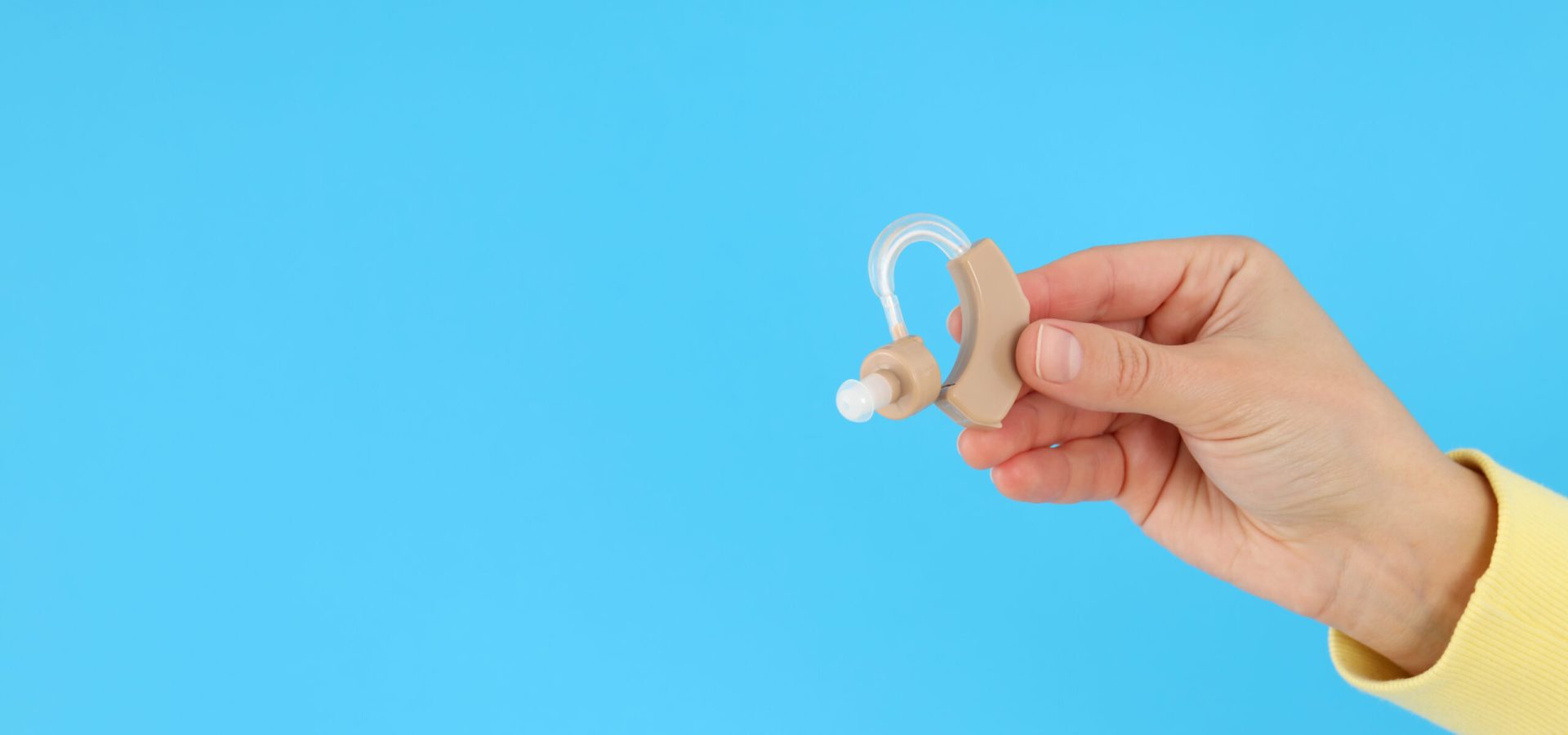Menu

Hearing loss is a common issue that can affect people of all ages. If you are experiencing hearing loss, then it’s essential to seek help from a hearing healthcare professional.
If your doctor recommends a hearing aid, you must get fitted. A hearing aid fitting is a crucial step in acquiring a hearing aid, as it ensures a correct fit, which allows it to work correctly. Here are five things to expect while getting a hearing aid fitting.
1. A Hearing Evaluation
Before getting a hearing aid fitting, you must undergo a hearing evaluation. A hearing healthcare professional performs this evaluation to determine the extent of your hearing loss.
The hearing evaluation involves a series of tests to check your ability to hear different sounds and frequencies. The hearing evaluation results will help the hearing healthcare professional select the appropriate hearing aid for your needs.
2. Discussion of Your Lifestyle and Hearing Needs
When you book a hearing aid fitting, the hearing healthcare professional will want to know about your lifestyle and hearing needs. This information will help them choose the right hearing aid for you.
For instance, if you are very active, they may recommend a hearing aid that is water-resistant and durable. They may recommend a hearing aid with noise-reduction capabilities if you have trouble hearing in noisy environments.
By discussing your lifestyle and hearing needs, the hearing healthcare professional can ensure you get a hearing aid that suits your needs.
3. A Demonstration of the Hearing Aid
After the hearing healthcare professional has selected a hearing aid for you, they will demonstrate how to use it. They will show you how to insert the hearing aid into your ear and adjust the volume. They will also explain how to clean and maintain the hearing aid. If you need clarification, this is the time to ask.
4. Fitting and Adjustment of the Hearing Aid
Once you have been shown how to use the hearing aid, the hearing healthcare professional will fit it. They will ensure the hearing aid fits comfortably in your ear and is positioned correctly. They will also adjust the hearing aid to ensure you can hear sounds.
The hearing healthcare professional may use special equipment to measure the sounds you can hear with the hearing aid. This will allow them to make any necessary adjustments to the hearing aid.
5. Follow-up Appointments
After you have been fitted with a hearing aid, you must schedule follow-up appointments with the hearing healthcare professional. These appointments are essential to ensure that the hearing aid is working correctly and that you are experiencing the maximum benefit from it.
At the follow-up appointments, the hearing healthcare professional will check the hearing aid and make any necessary adjustments. They may also perform additional hearing tests to evaluate your progress.
Conclusion
In conclusion, a hearing aid fitting is an important step in acquiring a hearing aid. During the fitting, you can expect to undergo a hearing evaluation, discuss your lifestyle and hearing needs, be demonstrated how to use the hearing aid, have the hearing aid fitted and adjusted, and schedule follow-up appointments.
By knowing what to expect during a hearing aid fitting, you can prepare yourself for the process and ensure you get the most out of your hearing aid. Don’t hesitate to ask the hearing healthcare professional any questions or concerns about the fitting process. They are there to help you and ensure you have the best possible experience with your hearing aid.
Book your free hearing consultation with Fraser Valley Beltone today and find out how we can help improve your hearing health! Our experienced team in our Langley audiology clinic will work with you to determine the best solution for your individual needs. Experience the difference with the latest hearing technology and enjoy improved hearing and communication.
Share Post
Facebook
Twitter
LinkedIn
Email
Reddit
Pinterest
